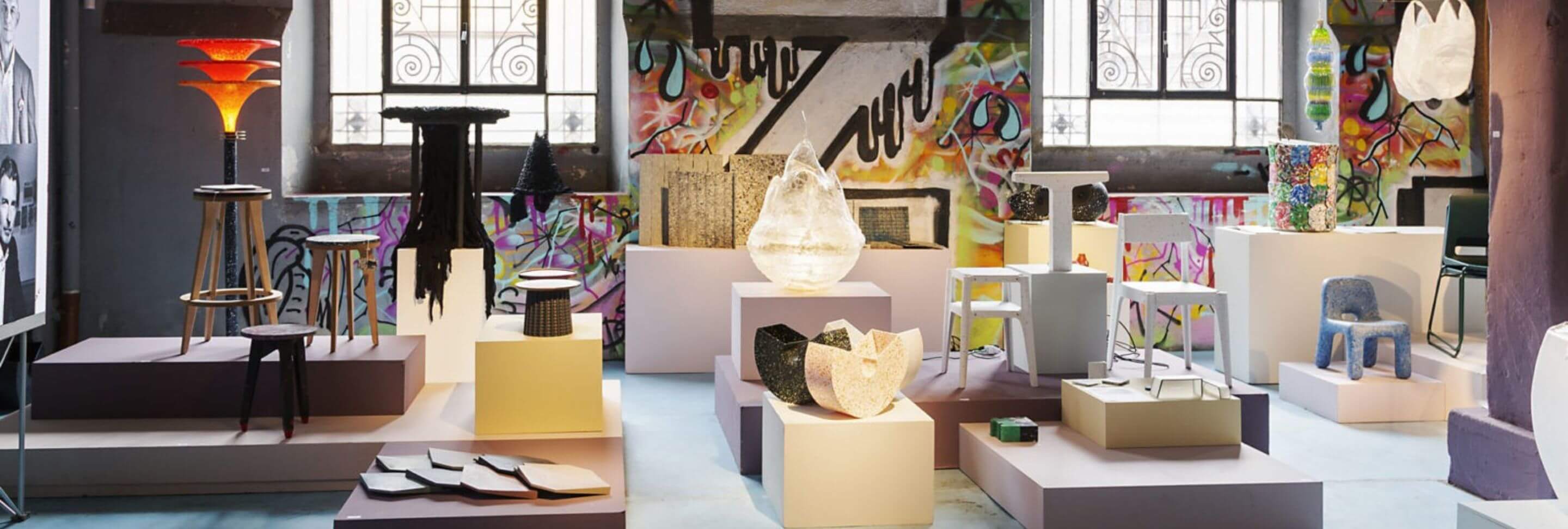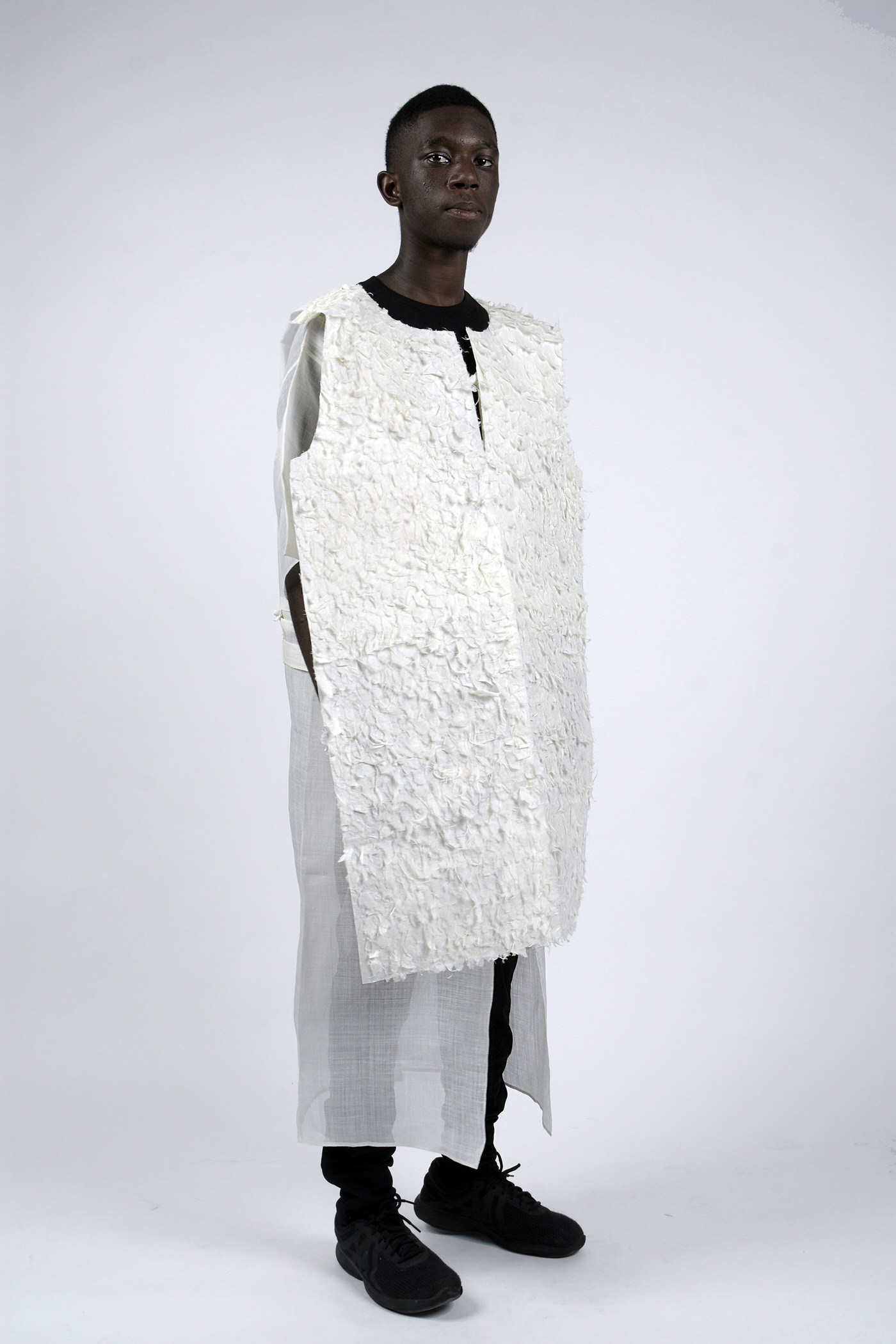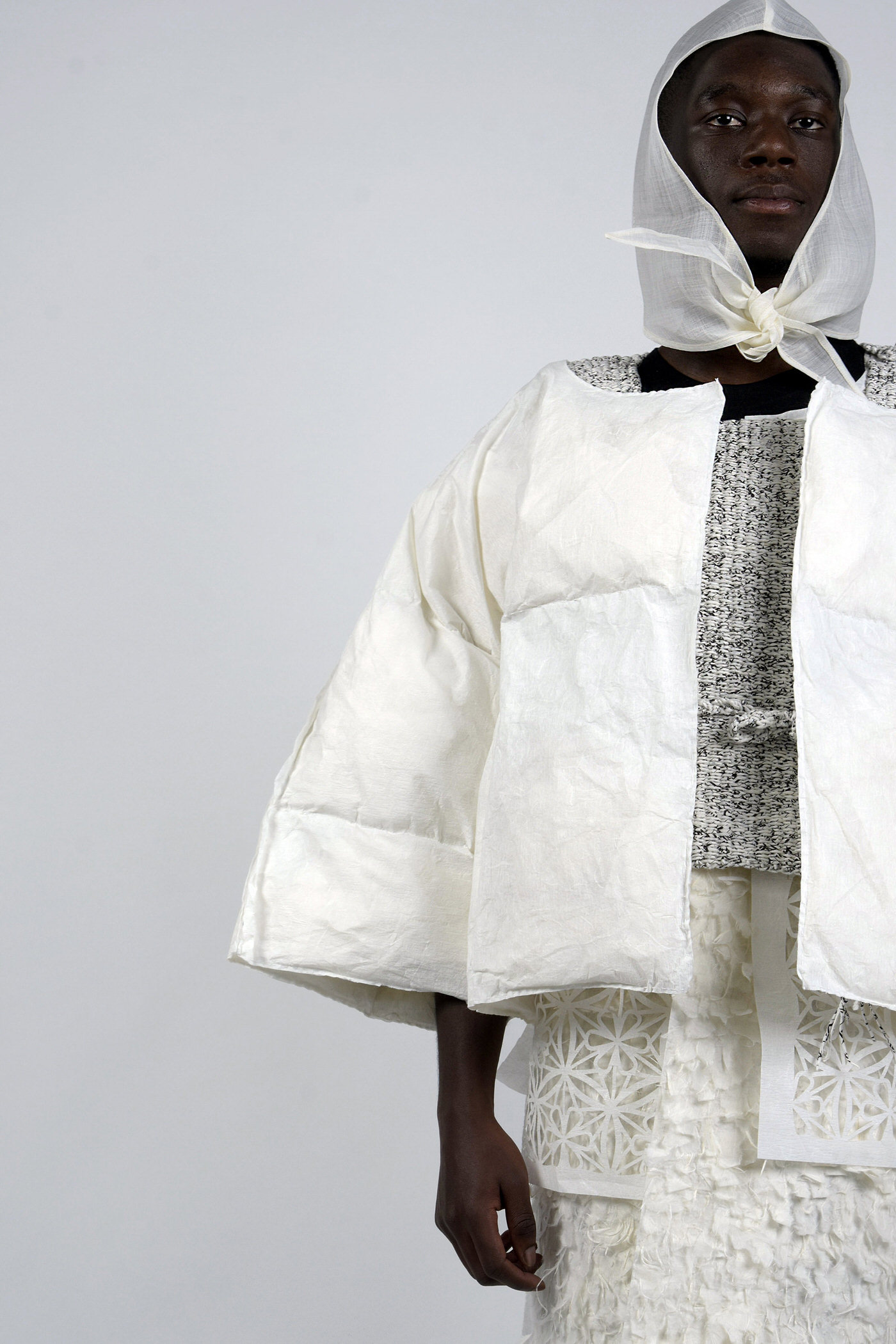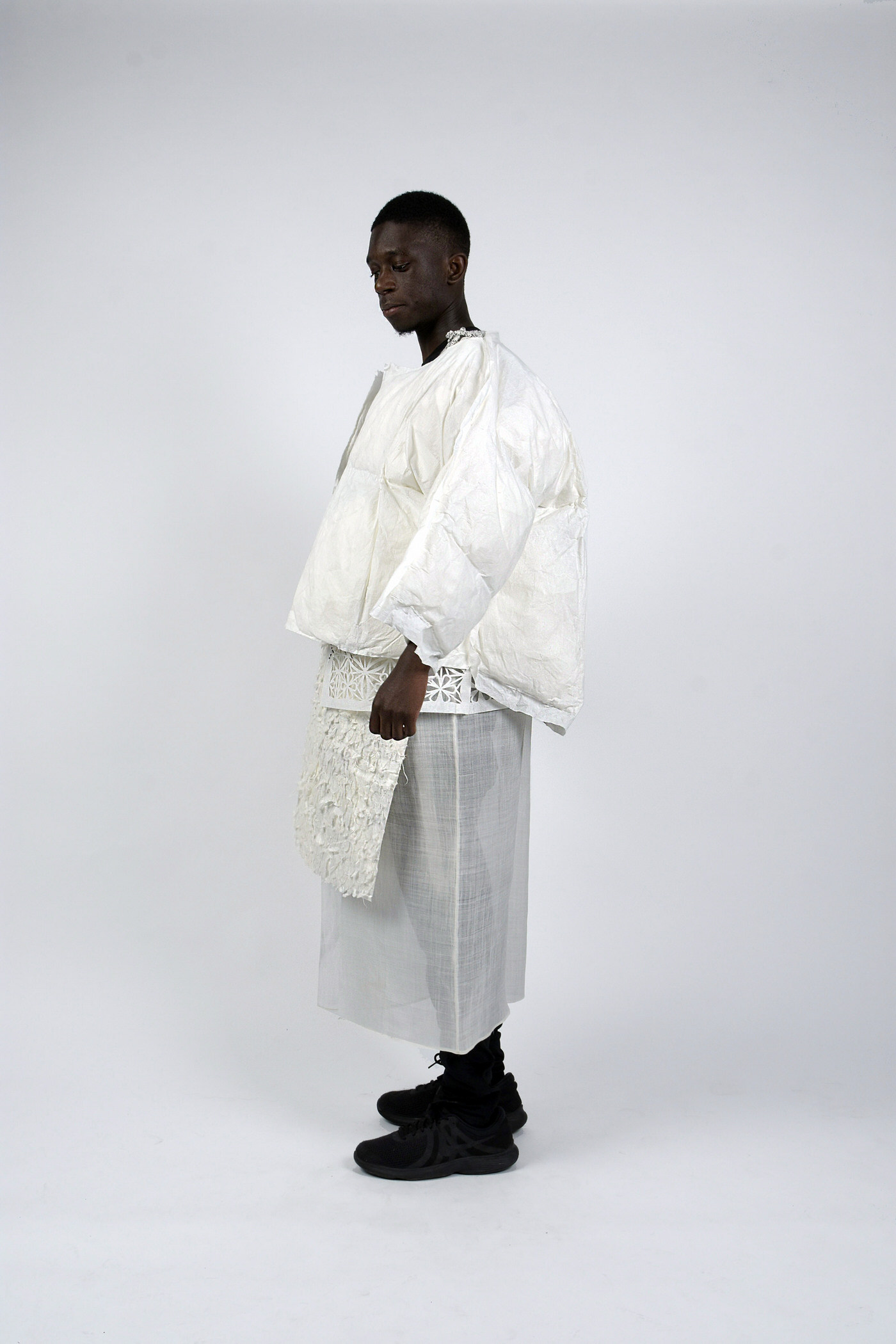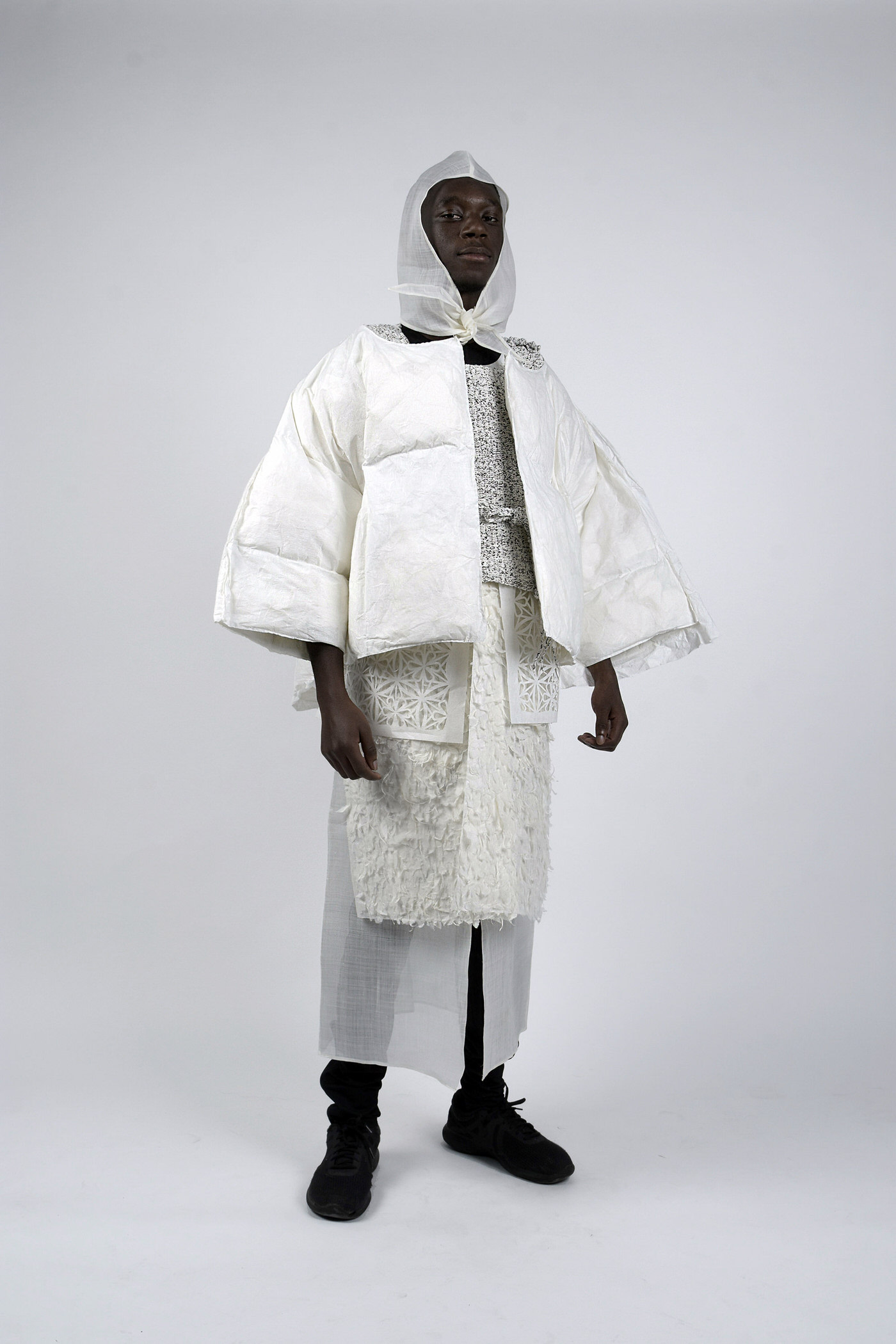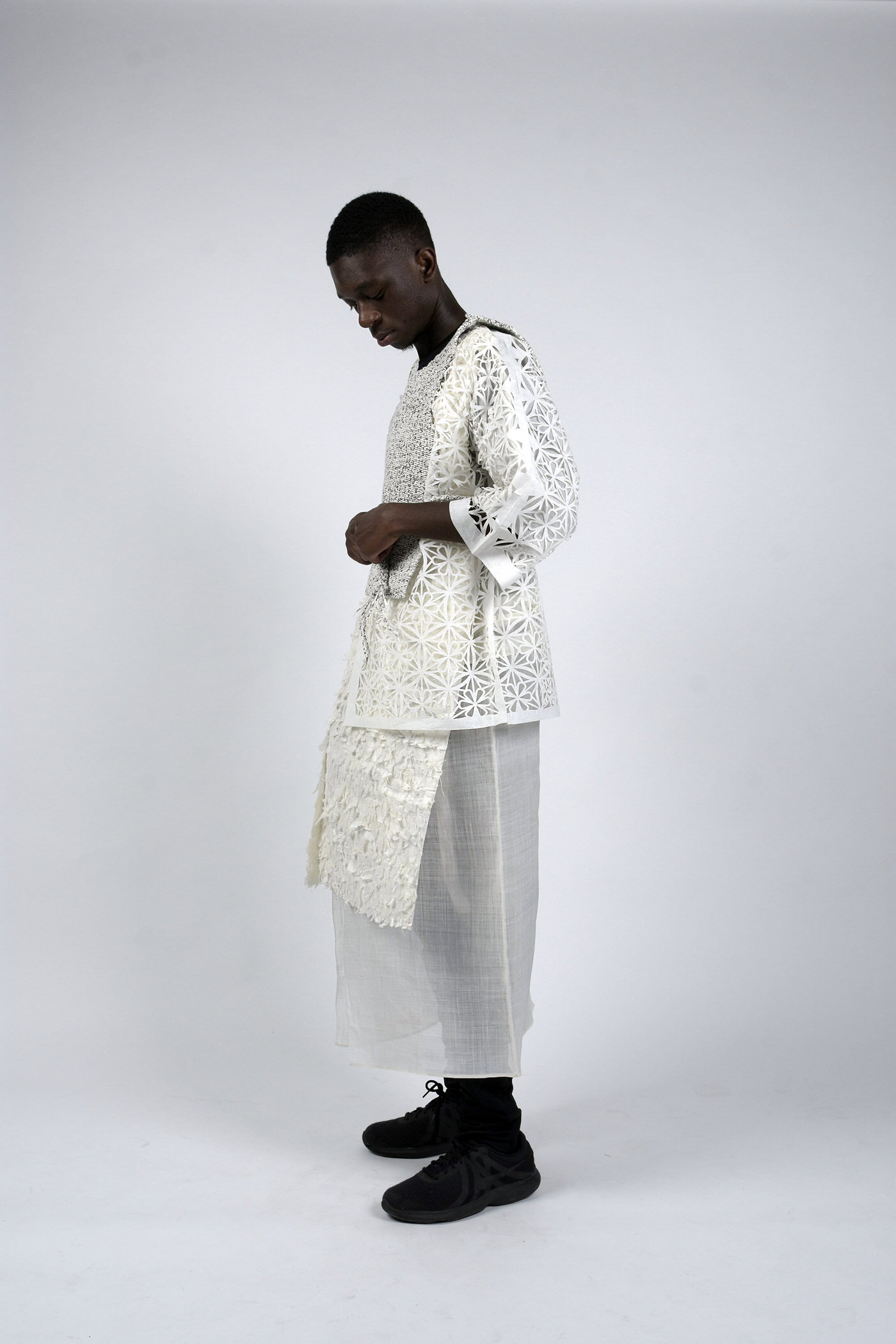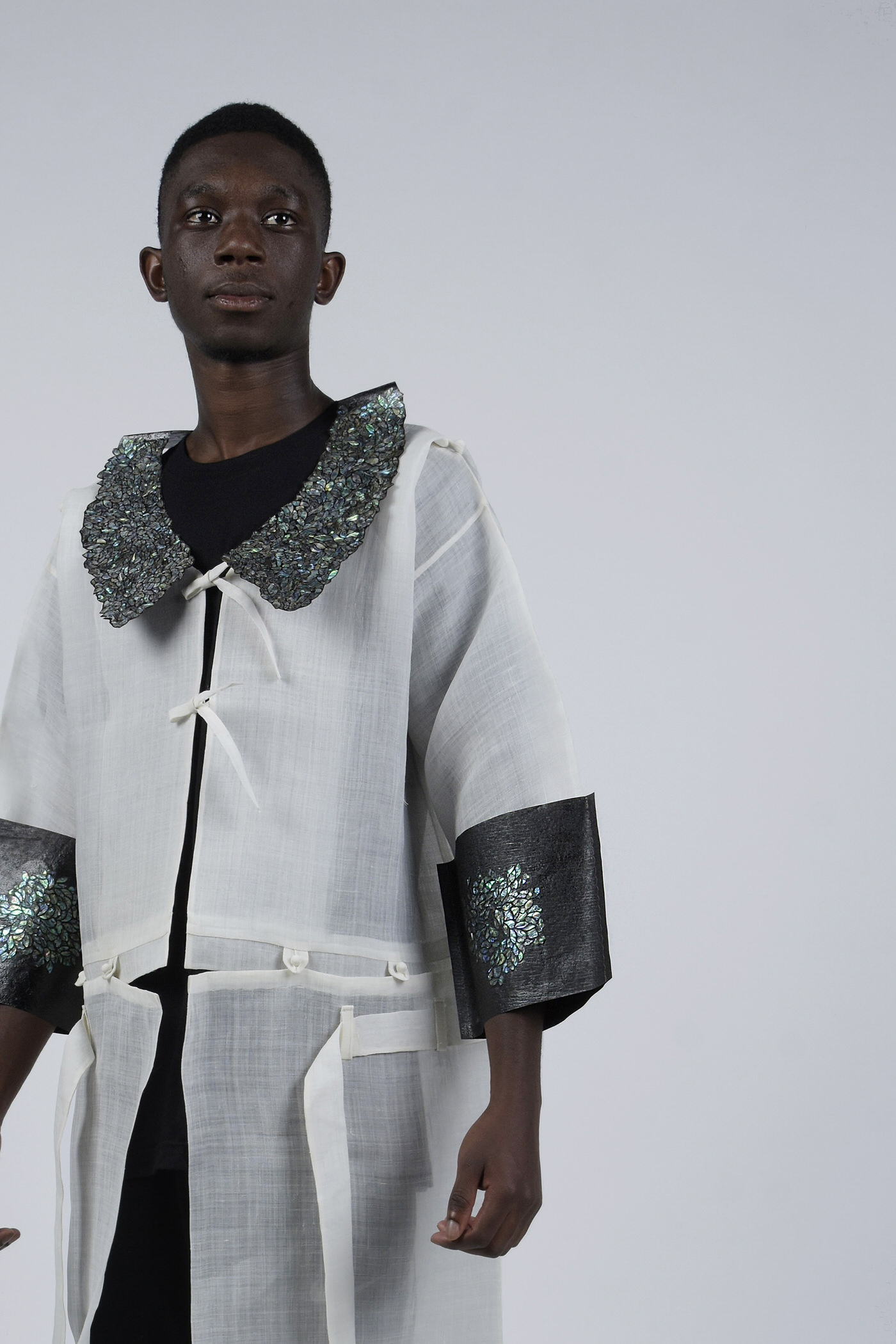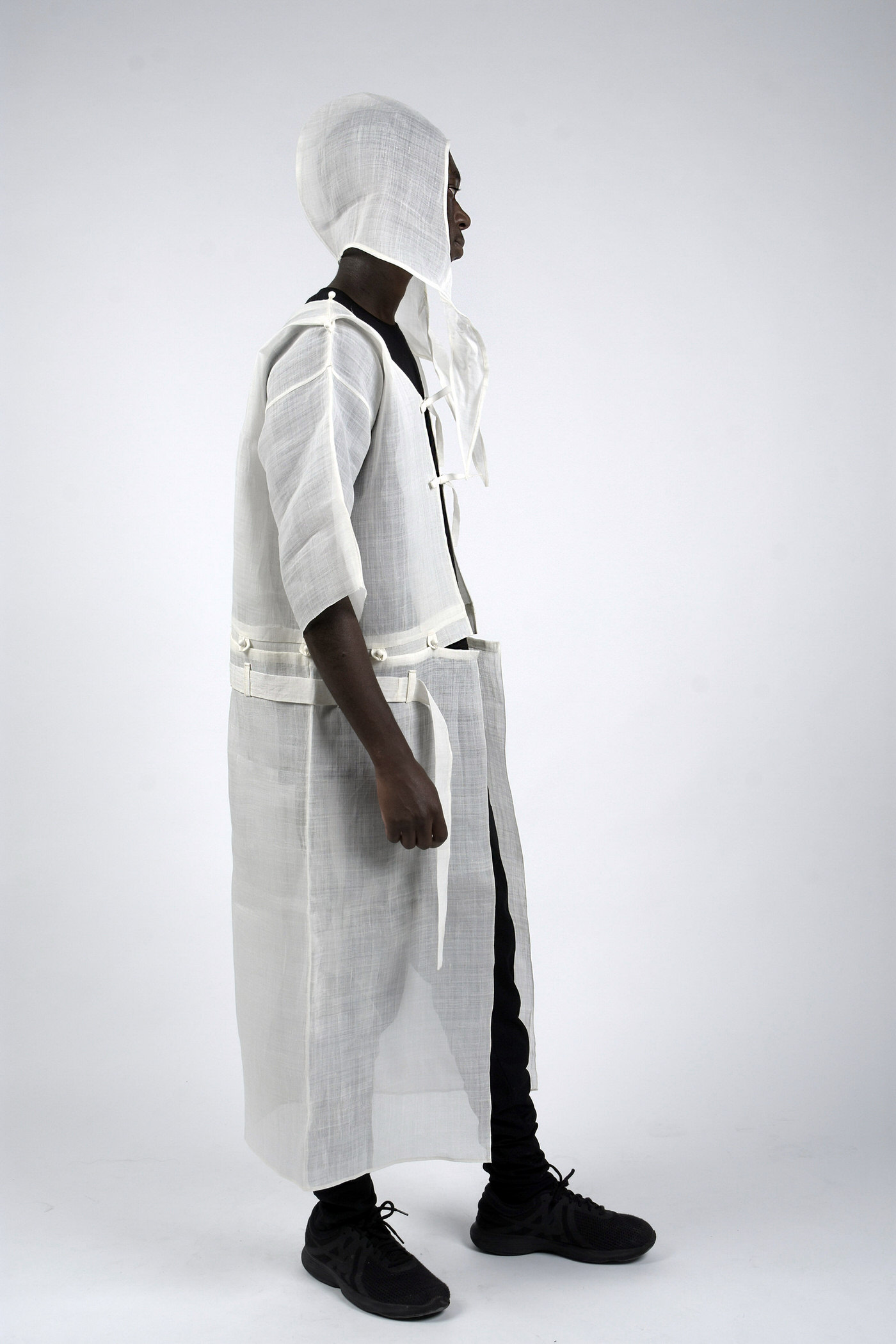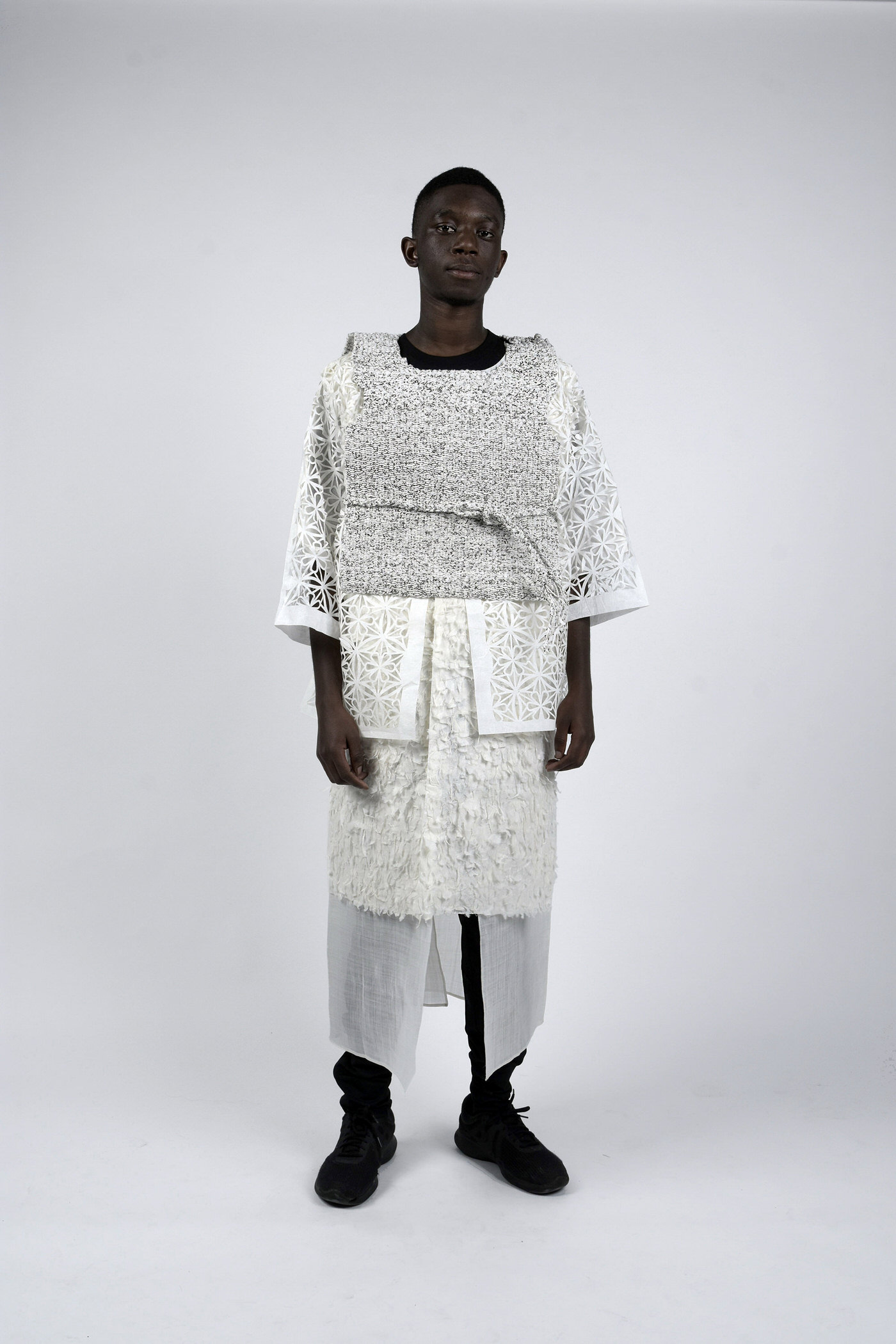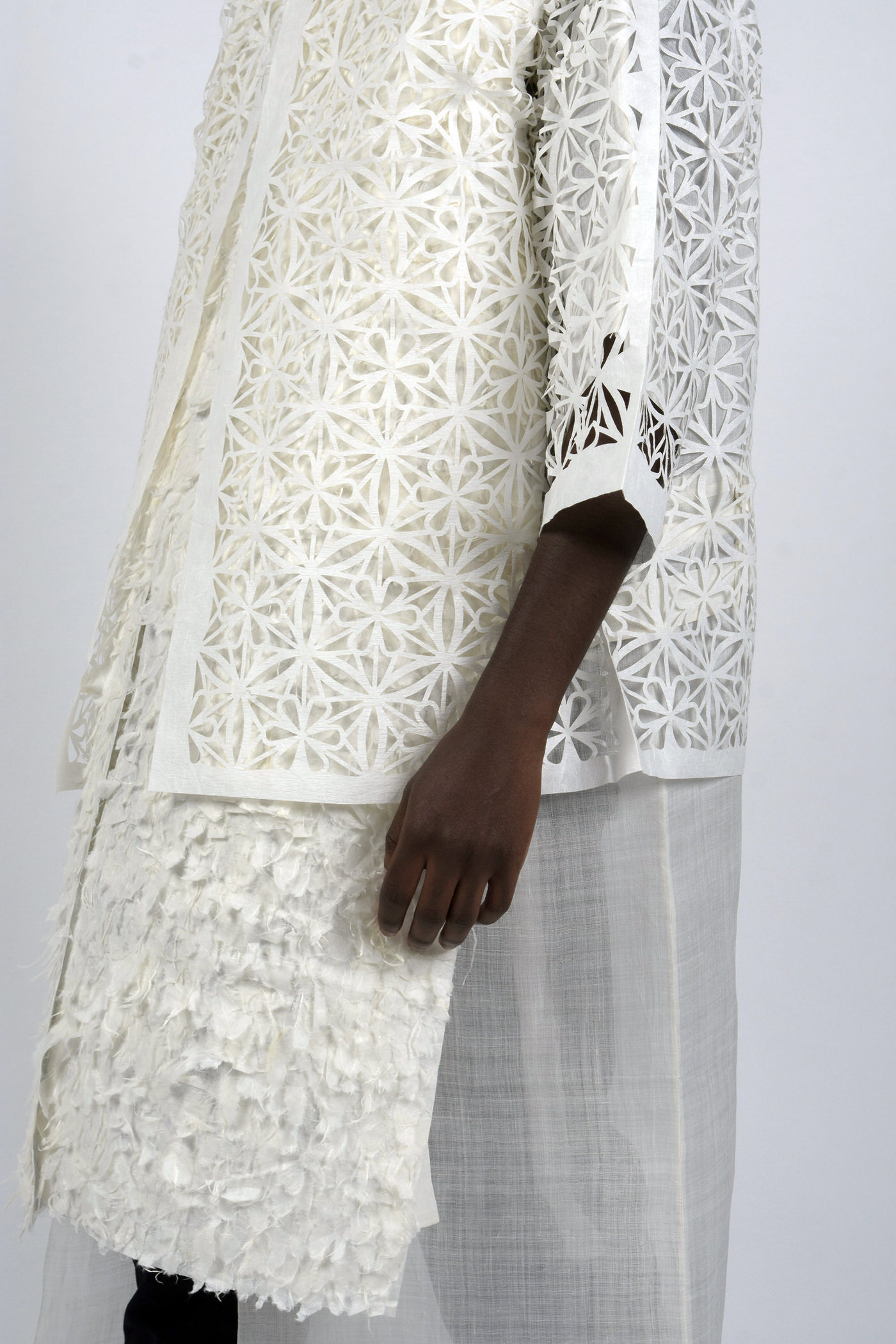Consumption of Heritage
Responsible Innovation Projects
When I ran my own fashion brand Aleelang from 2010 until 2016 in South Korea, Irealized that the fashion industry threatens the natural environment with materialismand capitalism as its weapons. Many fashion companies offer massive amounts ofclothing in short periods of time due to cheap materials and labor, ignoring anenvironmental responsibility. It is well known that the abundance of affluent societiesis related to waste. Our consumer-focused society continues to produce and destroyproducts as a part of this vicious cycle, which has become an environmental crisis.Indeed, the fashion industry is the second most polluting manufacturing process inthe world. According to the report ‘A NEW TEXTILES ECONOMY: REDESIGNINGFASHION’S FUTURE’ written by Ellen MacArthur Foundation, 63percent of the virginfeedstock is synthetic plastic. Then, we burn or incinerate 73 percent of the clotheswe have produced (the total annual amount of textile waste in the fashion industry isestimated to be 92m tonnes). These wastes are producing methane gas emissionsand toxic ground- water. Synthetic fibres that require long term decomposition furtherextend this environmental impact. Clothing in general can be passed down throughgenerations, from mother to daughter and father to son but due to shifting fashiontrends, myriads of clothing have become waste.I am exploring this status quo and questioning the values of consumers andproducers. What are we wearing? What clothes do we make? How and why are wemaking them? As a Korean designer, I tackle these questions through my ownheritage and its close connection to human, land, and nature. I explore ways ofbringing back the culture of craft to our consumer society and making it relevant inour modern lifestyle. I created the ‘Consumption of Heritage’ project as an invitationto reflect on the current state of fashion and to imagine solutions for sustainable craftbased on three key steps: materials, techniques and a context-focused collection. I tried to bring crafts and techniques back, and reinterpret them in a new way bycombining different techniques. For example, the Ji-seung Vest I blend Koreantraditional Ji-seung craft with a tapestry technique. So according to the techniques,clothes have different functions, textures, ways of wearing and lifespan. I would saythat this collection is based on 3 principles which are ephemerality, disposability andsustainability. Sustainability through disposability and ephemerality is an interestingapproach to explore if we use right material and right context. That’s why I make Hanjipaper clothes that can be combined with the Hansan-mosi transformable coat. Manypeople is asking how can we wear paper but actually, according to the techniques,you can wear it in casual way. The padding for instance, has the function andcharacteristic of keeping heat. The laser cut jacket based on the traditional Koreapattern called ‘단청’ is more delicate and fragile. I would say that it behaves as adisposable garment. Hanji paper is a both sustainable and disposable material that isvery recyclable. Meaning that each of material and clothes can be thrown away in amore sustainable ways. It also rethink about new ways of consuming our heritage andbring back value of craft culture. And you can see, according to each material andtechniques, the outcomes of the clothes are r
